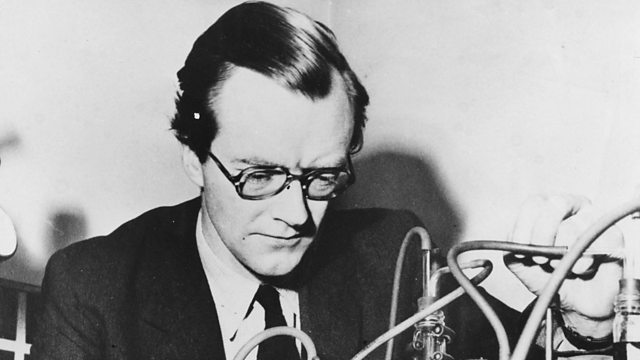Maurice Wilkins
The physicist Maurice Wilkins alongside Watson and Crick was awarded the Nobel Prize for elucidating DNA's structure. Why did he end up as the 'third man' of the double helix?
What does it take to be remembered well? The discovery of the structure of DNA is often attributed to James Watson and Francis Crick. But a third man shared the stage with them for the 1962 Nobel Prize for medicine - Maurice Wilkins. He was a brilliant physicist who after work on the Manhattan Project was determined to move from "the science of death to the science of life". He made his mark in the fast progressing world of x-ray crystallography and in the late 1940s was the first to propose that biological material that passed on genetic information from one generation to the next might have an order and structure that scientists could elucidate and control. He was to play an integral role one of the most important discoveries of the 20th Century. But why did he fail to capture the public imagination?
Kevin Fong examines Maurice Wilkins achievements offering a new slant on the familiar story of the race to unravel DNA.
(Photo: Professor Maurice Wilkins. Credit: Keystone/Hulton Archve)
Last on
More episodes
Previous
Next
Broadcasts
- Mon 20 Jul 2015 18:32GMT±«Óãtv World Service Online
- Mon 20 Jul 2015 23:32GMT±«Óãtv World Service Online
- Tue 21 Jul 2015 04:32GMT±«Óãtv World Service Online
- Tue 21 Jul 2015 12:32GMT±«Óãtv World Service Online
Space
The eclipses, spacecraft and astronauts changing our view of the Universe
The Curious Cases of Rutherford and Fry
Podcast
-
![]()
Discovery
Explorations in the world of science.



